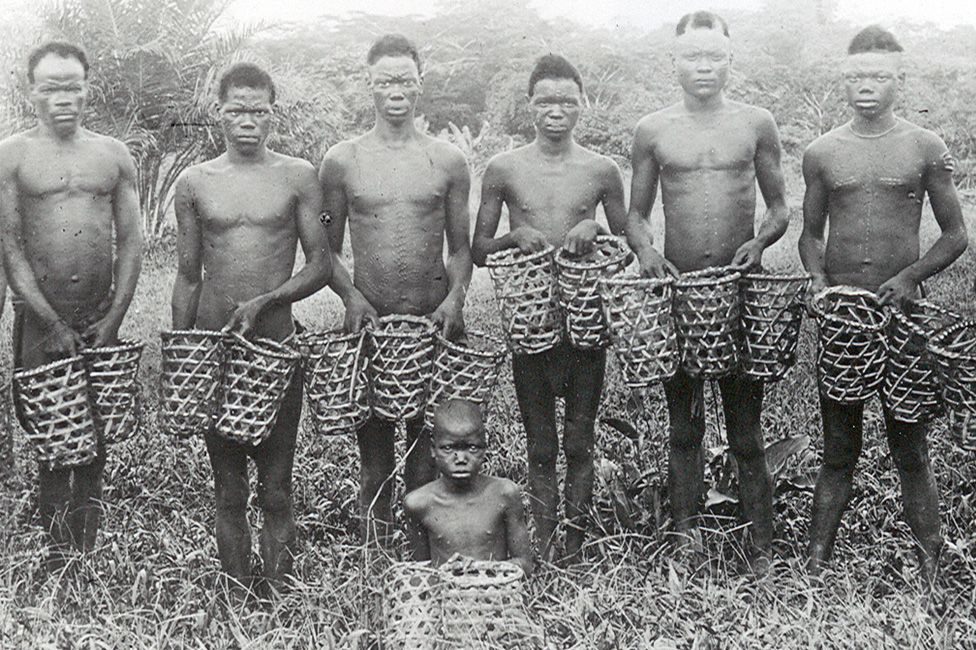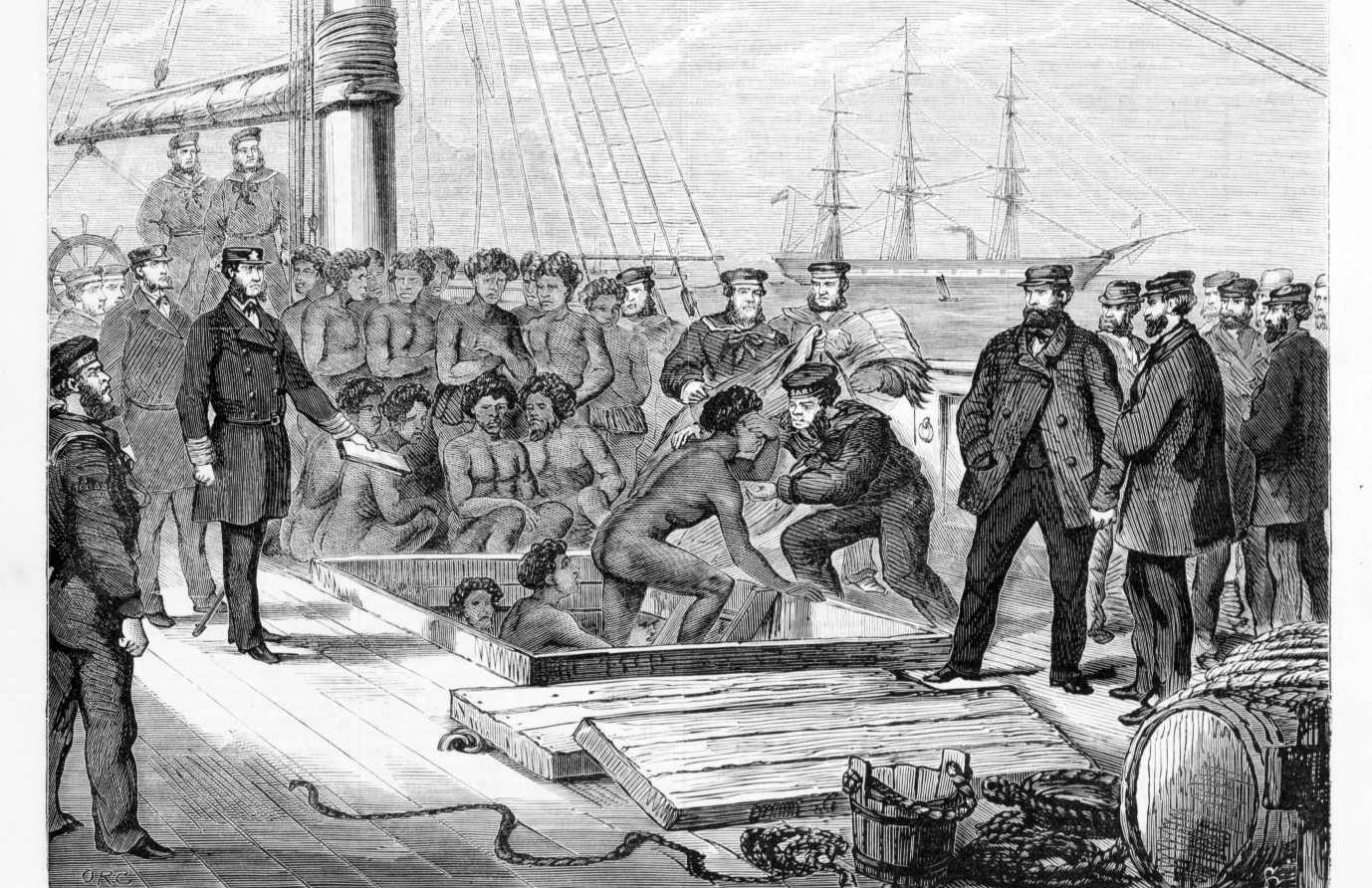Reading time: 4 minutes
SLAVE REVOLT FILM REVISITS HISTORY OFTEN OMITTED FROM TEXTBOOKS
Armed with machetes and pitchforks and uttering chants of “Freedom or Death,” hundreds of men and women made their way along a 26-mile route along the River Parishes of Louisiana.
The spectacle – which I witnessed in November 2019 in St. John the Baptist Parish, in the heartland of Louisiana’s sugar cane and oil industries – was a reenactment of what historians believe was the largest slave rebellion in United States history, the 1811 German Coast Uprising.
That winter, along the east bank of the Mississippi River, Charles Deslondes, an enslaved man believed to have arrived in Louisiana from Haiti, led a group of about 30 enslaved people in an uprising at a plantation owned by Manuel Andry. They killed Andry’s son, Gilbert, and then set out to establish a black state along the banks of the Mississippi. As the movement continued, the uprising grew to about 500 people headed for New Orleans.
In real life, a group of 100 armed bounty hunters put the uprising down. Dozens of the rebels were subjected to a monstrous public punishment that included torture and execution. Many were decapitated – their heads placed on spiked poles along a 60-mile stretch of the Mississippi River in a message meant to frighten other enslaved people who might have dared to resist.
In the reenactment, which artist Dread Scott is making into a documentary film that is set to be released in October 2020, the revolt ends in victory.
Hard histories
As a scholar who studies race and how historical events are represented and remembered, I see Scott’s forthcoming film as an opportunity to correct a glaring problem with the way that slavery is taught – or not taught – in U.S. schools. And that is, the history of slavery in America is often either excluded or taught in ways that humiliate students and sympathize with slaveholders.
The history of slavery is also usually not taught as something that was created by white supremacy, and protected and sanctioned by the Constitution.
Scott’s film – which is being produced with a US$1 million budget – deliberately reimagines the outcome for one of several slave revolts – an aspect of slavery that scholars believe has not gotten its due.
Imagining freedom
Though some might criticize this cinematic interpretation as historically inaccurate, I believe the reenactment can generate important classroom discussions about historical memory and the history of slavery.
What does it mean, for instance, to imagine freedom as something that happened – instead of something that was destroyed – for those who participated in slave revolts? What does it mean to transform their death and public punishment into an uplifting narrative of hope and freedom?
How to confront the histories and afterlives of slavery is a central concern for Dread Scott, whose artist name pays homage to the 1857 Dred Scott Supreme Court case that ruled against an enslaved man’s bid for freedom.
Scott says it was an ethical decision to refuse to replicate a massacre of black people at the hands of white bounty hunters who would earn money from their deaths.
As Scott has stated, the reenactment is “interrupting the historic timeline.”
Inspiring action
Scott is not a historian but an artist who calls upon the public to imagine speculative histories. In this respect, I believe that his work examines freedom struggles and abolition across time. Scott’s endeavor contributes significantly to a much-needed conversation about slavery and the violence that it entailed. It leaves open the challenge of how to reimagine art for art’s sake, and to instead use art for the sake of social action.
Revisiting histories like the history of slavery is a painstaking and painful task. The difficulties are not only about asking the nation to confront the legacy of racial supremacy. Rather, the 1811 Slave Rebellion Reenactment is also about creating new political futures.
This article was originally published in The Conversation.
Articles you may also be interested in

The Suppression of the African Slave Trade to the United States of America, Volume 1 – Audiobook
THE SUPPRESSION OF THE AFRICAN SLAVE TRADE TO THE UNITED STATES OF AMERICA, VOLUME 1 – AUDIOBOOK By W. E. B. Du Bois (1868 – 1963) The question of the suppression of the slave-trade is so intimately connected with the questions as to its rise, the system of American slavery, and the whole colonial policy of […]

Red Rubber: The Story of the Rubber Slave Trade on the Congo – Audiobook
RED RUBBER: THE STORY OF THE RUBBER SLAVE TRADE ON THE CONGO – AUDIOBOOK By Edmund Dene Morel (1873 – 1924) Morel explains the history and formation of the Congo Free State, owned by King Leopold II. However, Morel, a humanitarian, focuses on the atrocities commited in the Congo through the enslavement of the native population, […]
The text of this article is republished from The Conversation in accordance with their republishing policy and is licenced under a Creative Commons — Attribution/No derivatives license.






